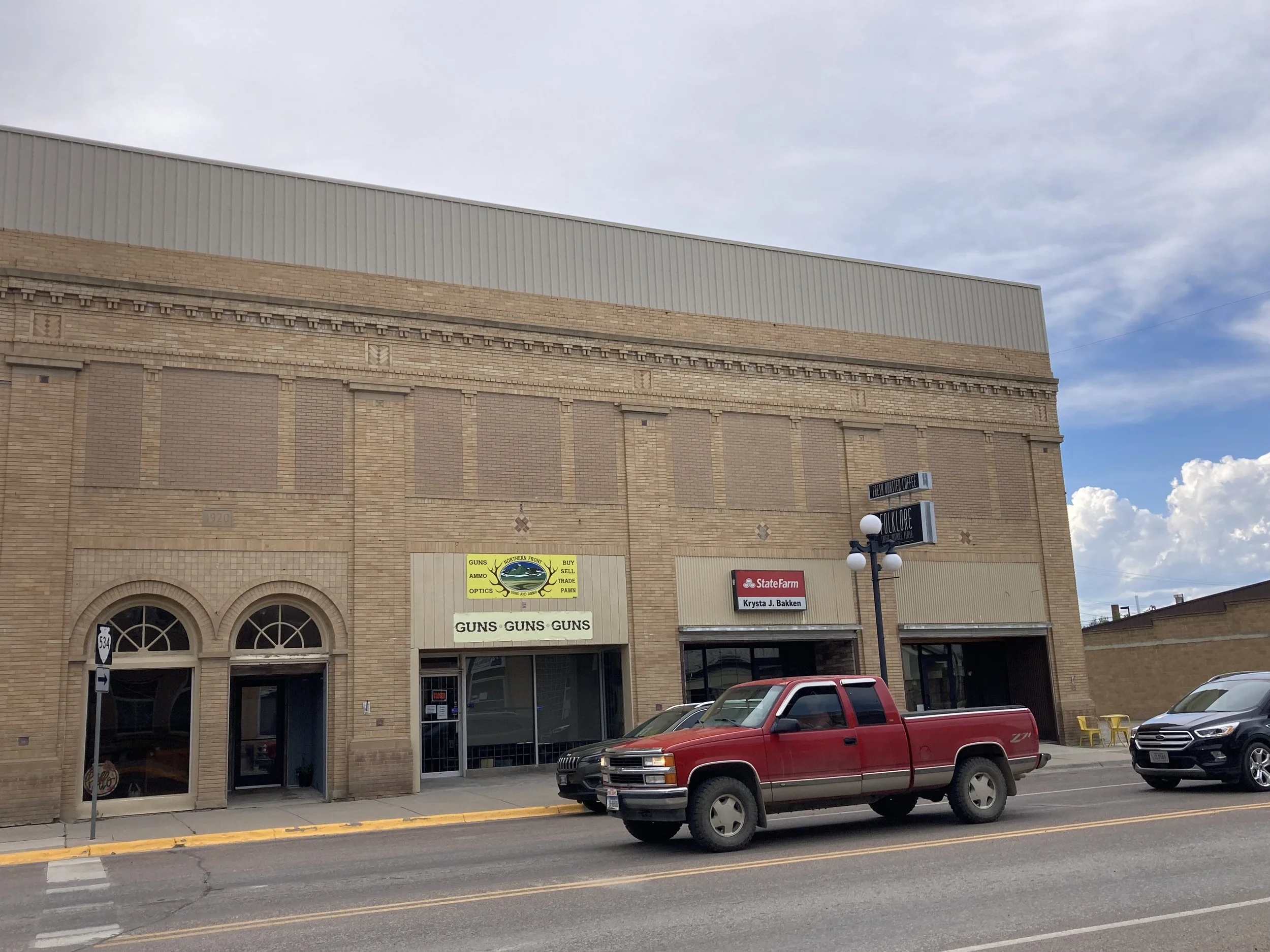Potential of a Building Appraisal
A couple of years ago, I bought a 38,000 square-foot building because I was tired of looking at the realtor’s poster hanging on the wall. The poster had been hanging at the busy intersection of the only stoplight in the entire county for more than two years. I called to ask about the price and events kept snowballing until I held the keys in my hand.
This building was built from bricks made onsite in 1920. It began life as a hub for Conrad, the mercantile that sold everything from freshly smoked meats to clothes, appliances and hardware. Then it was the largest furniture store in the region for more than 50 years. Bob Arnot, the proprietor, actively supported the community by hiring teenagers, giving graduation gifts to every high school senior each year and even slipping a little extra cash to young men when they left for the Navy.
Now, the street level hosts several retail shops. The second story is a vacant concrete shell with bricked-in windows. The basement is spooky.
It deserves to be brought back to its heyday. Or, more precisely, carried forward to its next heyday.
Its bones are good, as are the solid concrete pillars that hold the entire building. The potential is unlimited.
Realizing that potential will cost a pretty penny.
I’ve been working on a financing package for several months. I took a couple of runs at finding cash in a few different pockets before I found a bank that would help me pull some dollars from one pocket and more from another pocket.
Meanwhile, interest rates kept climbing.
Finally, everyone agreed to support my gamble.
Now all we need is an appraisal that confirms my plans will pay off in the end.
Appraisals are the opinion of a professional who compares one property and its potential to other similar properties.
But my appraiser won’t have much value to compare. When I bought this building, no other commercial buildings in the area had sold for a long time. The Covid pandemic, among other factors, had decimated the commercial real estate market.
This building wasn’t the only building with an ugly banner waving from its walls.
So essentially the appraisal will reflect the appraiser’s opinion of whether Conrad – and by extension every small town in rural Montana – will thrive or die.
If the appraiser thinks people will use creative spaces, an ax-throwing event center, a commercial kitchen, office space, storage areas and a worm farm -- and Conrad will grow because of these opportunities – the value of my building will be high.
If the appraiser agrees with those who dearly wish our area would return to 1954 yet know that is impossible so they are willing to let shops close and towns dry up and blow away, the appraisal will be low.
Dismal statistics document the historical demise of rural America. Boarded up windows and caved roofs confirm that decline.
But a few towns show us how to evolve into statistical outliers.
The world won’t support 1954, but small towns can support a thriving community where people can earn a living wage and still enjoy the safety and recreational opportunities that exist only in rural areas.
Fort Benton has become fun and interesting by diligently, step-by-step, opening attractive shops for residents and reasons for others to visit.
Cut Bank offers fun events and opportunities, too.
These towns are the outliers on the historical statistical model because the residents look to the future, not the past. They adapt to current consumer preferences.
I want Conrad to be an outlier, too.
I’m betting on the future.
I really hope the appraiser will, too.
Besides, throwing axes is a satisfying way to relieve stress.
